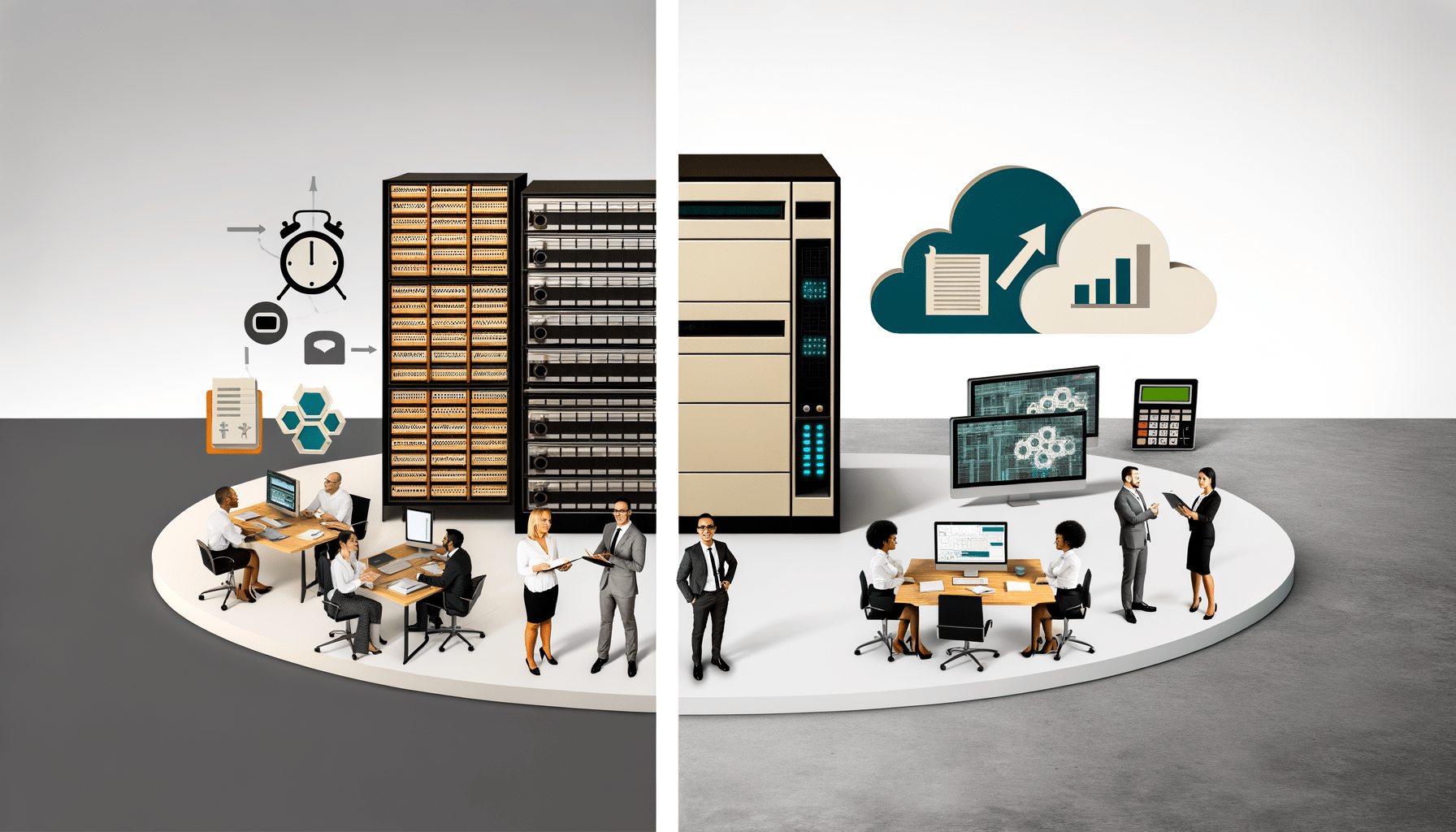Revamping Backup Strategies: A Shift from Traditional to Continuous Methods
Every organization, regardless of its size or industry, requires a robust data backup strategy. In a rapidly evolving digital landscape, where data integrity and security are paramount, backing up data effectively has transcended beyond a mere business protocol to an absolute necessity. The primary question, however, remains—how do you ensure this safety? As we delve deeper into the nuances of various backup methodologies, let’s explore remarkable distinctions and advantages of continuous backup over traditional methods.
Understanding the Traditional Backup Conundrum
In my years of experience leading RecordsKeeper.AI, I’ve often interacted with organizations who’ve remained tethered to traditional backup strategies, largely due to a mix of comfort and fear of transitioning. Traditional methods, such as full, incremental, or differential backups, have long been the backbone of data protection.
These methods typically operate on a set schedule—be it daily, weekly, or monthly. While they have served their purpose for decades, the glaring shortcoming is the vulnerability window between backups. Data created post the latest scheduled backup isn’t stored, putting it at risk of being lost in case of a system failure.
Does It Suit Your Needs?
While traditional methods can be suitable for smaller entities or individuals where data volume and criticality might not be overwhelming, larger organizations cannot afford these lapses. The eventual restoration process from these backups also tends to be cumbersome and time-consuming, thus affecting operational continuity.
Introducing Continuous Backup: A Game Changer
Our SaaS platform at RecordsKeeper.AI leverages cutting-edge technology to offer a more dynamic and responsive backup approach—continuous backup. This method innovatively revolutionizes the way organizations approach data integrity by providing real-time data protection.
Unlike its traditional counterpart, continuous backup operates by continuously capturing changes in the data moment by moment. This approach minimizes data loss risk to near zero, which means businesses can almost instantaneously recover from disruptions, maintaining seamless operational fluidity.
Why Opt for Continuous Backup?
In my journey of building RecordsKeeper.AI, the realization was stark—organizations need the capability to safeguard against data loss without the lags of older systems. Continuous backup addresses several critical components:
- Instantaneous Recovery: In continuous backup systems, data is copied and stored almost immediately when created or altered, ensuring that no updates go unrecorded.
- Improved Data Integrity: Ensuring that all data changes are captured means that the data’s current state is always secure.
- Increased Efficiency: Since the data backed up is up-to-the-moment, the restore process is rapid and does not involve piecing together fragmented updates from various sources.
- Reduced Operational Disruptions: When integrated with AI, as in RecordsKeeper.AI, continuous backup facilitates easier compliance and audit trails, reducing the disruption to day-to-day operations.
Navigating the Transition
Transitioning from traditional to continuous systems requires strategic planning and investment, but the benefits markedly outweigh the costs. For decision-makers in the legal, finance, and compliance sectors—where the stakes with data are significantly high—seamless data continuity is not just a preference, but a requirement.
Preparing for Implementation
Drawing from my tenure at RecordsKeeper.AI, here’s what I suggest for organizations considering this shift:
- Evaluate Your Current Needs: Understanding your organization’s data flow and volumes can help chart the necessity and urgency of transitioning.
- Select the Right Platform: Choose a platform like RecordsKeeper.AI that integrates AI and blockchain with continuous backup methodologies for a comprehensive approach.
- Engage Stakeholders: Change should be a concerted effort throughout the organization. Engage and train your teams for maximum acceptance and efficiency.
- Review and Adapt: Continuously review your solutions to adapt them to evolving business and data management goals.
Concluding Thoughts
In conclusion, the shift from traditional to continuous backup methodologies symbolizes more than just a technological upgrade. It’s a philosophical pivot toward holistic data integrity and organizational resilience. For those of us spearheading data management at places like RecordsKeeper.AI, it’s essential to remain at the forefront of innovation—championing systems that can genuinely reshape how businesses engage with their data.
For further insights on optimizing your backup practices or exploring how RecordsKeeper.AI can integrate into your data management ecosystem, feel free to follow me, Toshendra Sharma, as I continue to navigate the fascinating realms of digital transformation and entrepreneurship.








